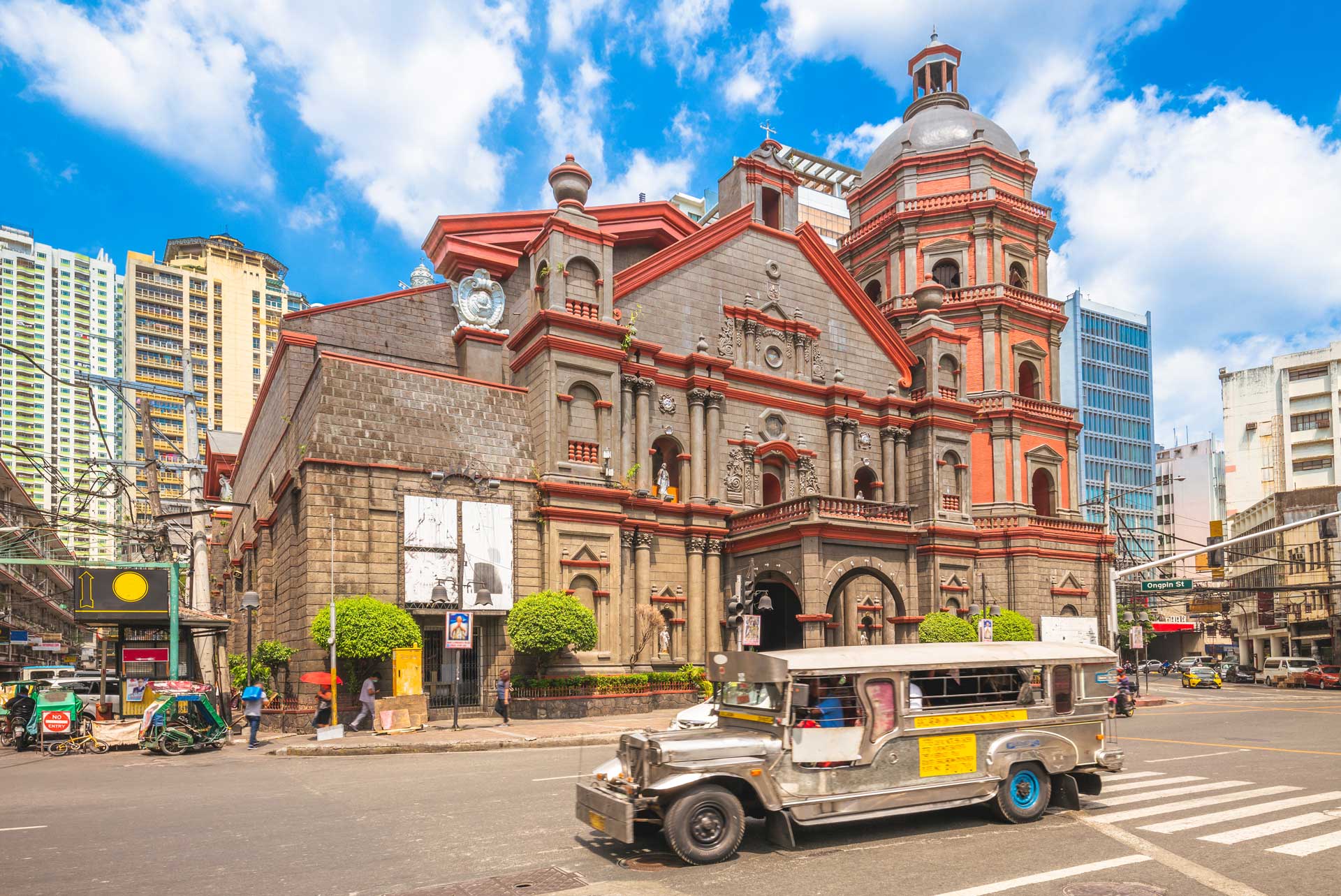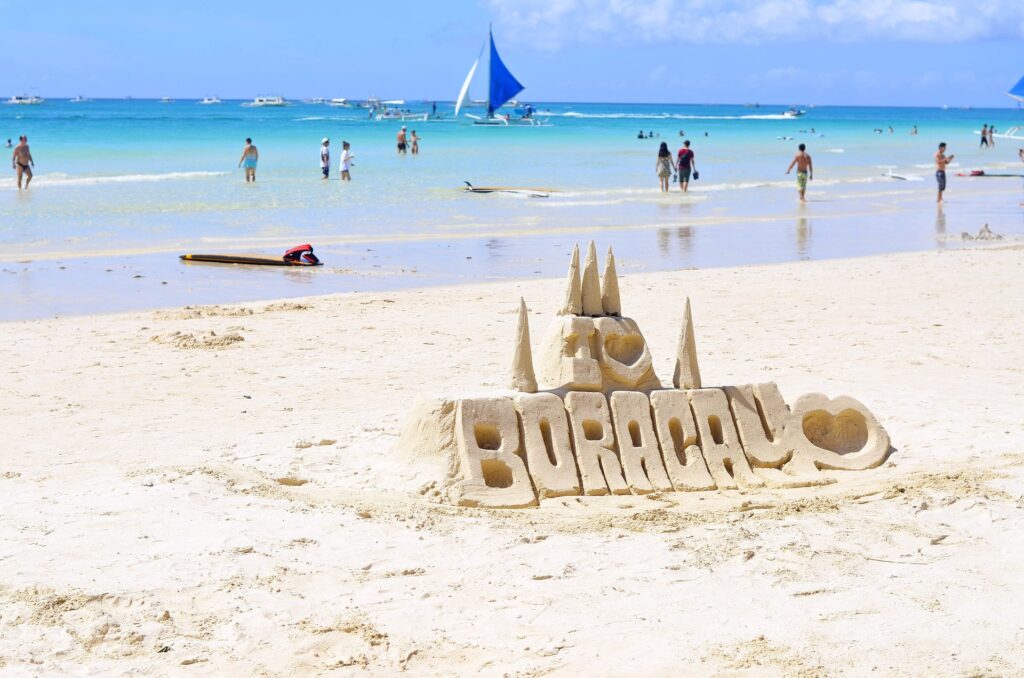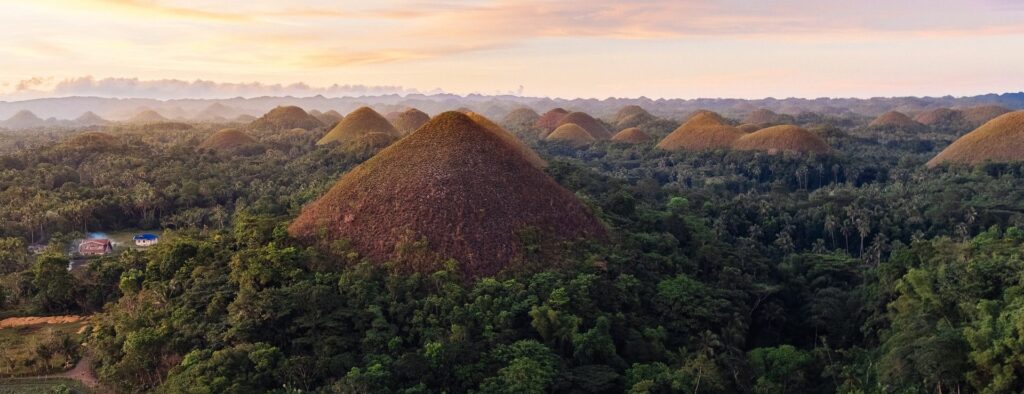Philippines

It´s more fun
Famous for its beaches and friendly locals, the Philippines offers ample surf, an underwater world that is a diver’s delight, trek worthy emerald green rice fields and mountainous volcanoes. The capital, Manila, is densely populated and mixes Spanish colonial architecture with modern skyscrapers. Take a stroll along the palm-lined waterfront promenade and enjoy one of Manila’s magnificent sunsets. Discover the history, culture, and nature of The Philippines as you explore the scenic countryside and picturesque waters.

Beach Bliss
Made up of over 7000 tropical islands, the Philippines has a beach for everyone. Discover hidden lagoons, sprawling white sandy beaches, and underwater worlds brimming with marine life. The Philippines is an Islandhopping delight.

Chocolate Hills
Amongst many unique and mystical natural wonders, the Chocolate Hills has to be one of the most popular tourist destinations the Philippines has to offer. It’s estimated there are around 1700 hills that make up the area. The sight will take your breath away.

A Spanish Influence
Ruled by Spain for 350 years, you’ll find centuries-old stone churches, a variety of cultures and traditions, and extravagant fiestas, that are all part of daily Filipino life.

Top Highlights
- Discover the history, culture and nature of Bohol as you explore the scenic countryside.
- Cruise the picturesque waters of Pamilacan Island in search of local dolphins and other marine life.
- Spend unforgettable days relaxing by the secluded beaches of Boracay.
- Spend memorable days exploring the capital, Manila.
- Explore Pagsanjan by canoe, as you are surrounded by lush tropical vegetation.
- Discover the small rocky island of Corregidor, which stands a memorial of the Filipino defenders.

Philippines Map and Infos
Capital
Manila
Currency
Peso
Language
Tagalog
Population
109 Million
Religion
Christianity
Time
GMT+8
